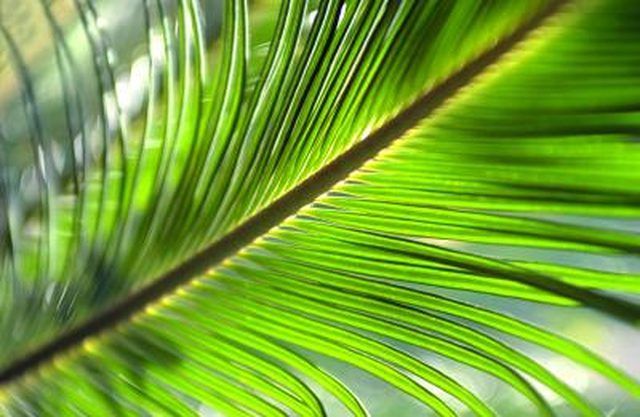Bulbs
Flower Basics
Flower Beds & Specialty Gardens
Flower Garden
Garden Furniture
Garden Gnomes
Garden Seeds
Garden Sheds
Garden Statues
Garden Tools & Supplies
Gardening Basics
Green & Organic
Groundcovers & Vines
Growing Annuals
Growing Basil
Growing Beans
Growing Berries
Growing Blueberries
Growing Cactus
Growing Corn
Growing Cotton
Growing Edibles
Growing Flowers
Growing Garlic
Growing Grapes
Growing Grass
Growing Herbs
Growing Jasmine
Growing Mint
Growing Mushrooms
Orchids
Growing Peanuts
Growing Perennials
Growing Plants
Growing Rosemary
Growing Roses
Growing Strawberries
Growing Sunflowers
Growing Thyme
Growing Tomatoes
Growing Tulips
Growing Vegetables
Herb Basics
Herb Garden
Indoor Growing
Landscaping Basics
Landscaping Patios
Landscaping Plants
Landscaping Shrubs
Landscaping Trees
Landscaping Walks & Pathways
Lawn Basics
Lawn Maintenance
Lawn Mowers
Lawn Ornaments
Lawn Planting
Lawn Tools
Outdoor Growing
Overall Landscape Planning
Pests, Weeds & Problems
Plant Basics
Rock Garden
Rose Garden
Shrubs
Soil
Specialty Gardens
Trees
Vegetable Garden
Yard Maintenance
Do Plant Cells Have Peroxisomes?
Do Plant Cells Have Peroxisomes?. Peroxisomes are a type of organelle, small structures found inside cells that carry out many of the important jobs in the cell. They are found not only in animal cells but in plant cells as well.

Peroxisomes are a type of organelle, small structures found inside cells that carry out many of the important jobs in the cell. They are found not only in animal cells but in plant cells as well.
Features
Peroxisomes range from 1/2 micrometer to 1 1/2 micrometers in diameter and contain a variety of enzymes, proteins that can catalyze reactions. A single membrane encloses their contents.
Function
In plants, just as in animals, peroxisomes break down toxic substances, especially hydrogen peroxide, which can react with other important molecules in cells to cause damage. They convert these reactive oxygen species into other molecules that are harmless to the cell.
Specialized Functions
Peroxisomes also perform several specialized functions in plants that they do not perform in animals. Peroxisomes in leaf cells, for example, play a key role in photorespiration. They are also important in seed germination and growth.